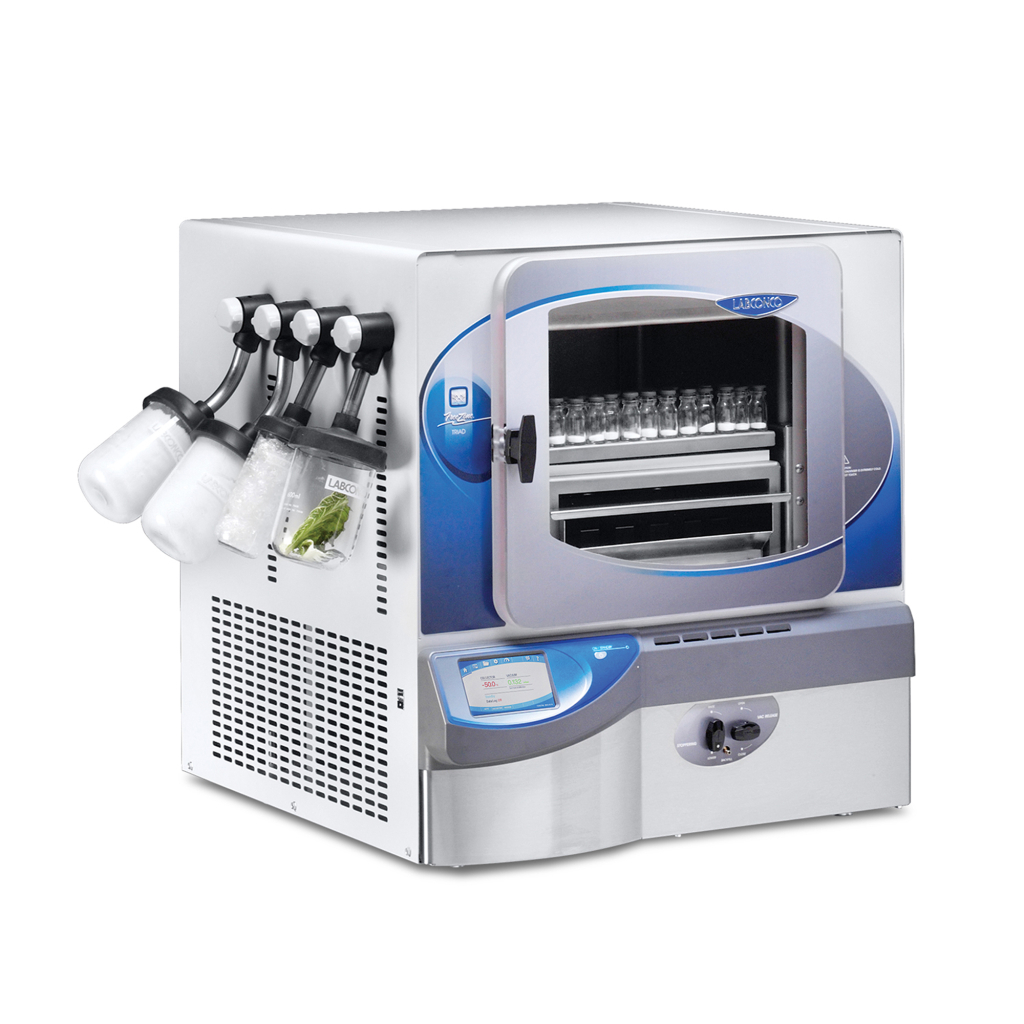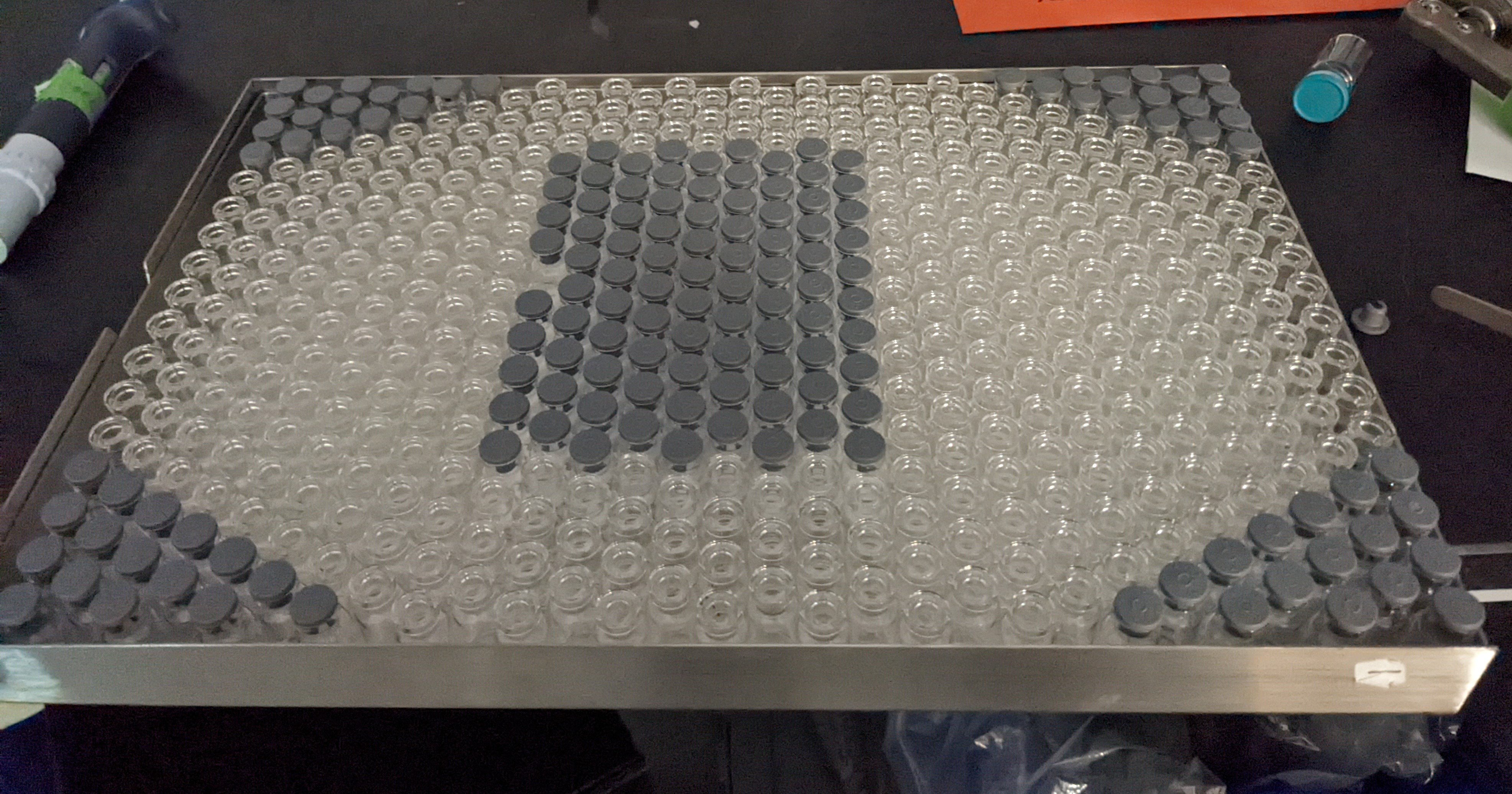

The products I work on are mostly monoclonal antibodies (and the occasional gene therapy product mixed in). So, the types of diseases they are used to treat vary. To be honest, I work on the process/formulation side of the development pipleline and the actual clinical treatment part is pretty much inconsequential to what I do. Some of the past programs I have worked on include treatments for asthma, eczema, multiple myeloma, breast cancer, MS, hemophilia, and tons of others that I don’t remember. Often, when dealing with antibodies, the same medicine can be effective for multiple indications.
The finished vials, post-lyophilization, sealing, labeling, and packaging, are sent to infusion clinics. There, clinicians will add water to the vials to reconstitute the drugs and then administer them to patients via IV (usually).






This is still a little weird. I found that the web client (in a browser) handles this really well with default settings. However, if I try to use the desktop app or a mobile client, I have to force it to burn in the subtitles for them to show up reliably. Fortunately, there are per-client settings for this now: